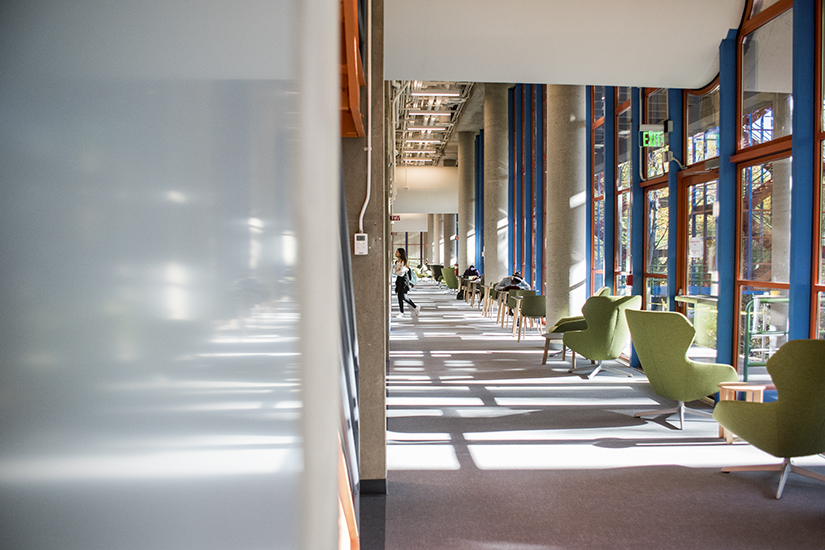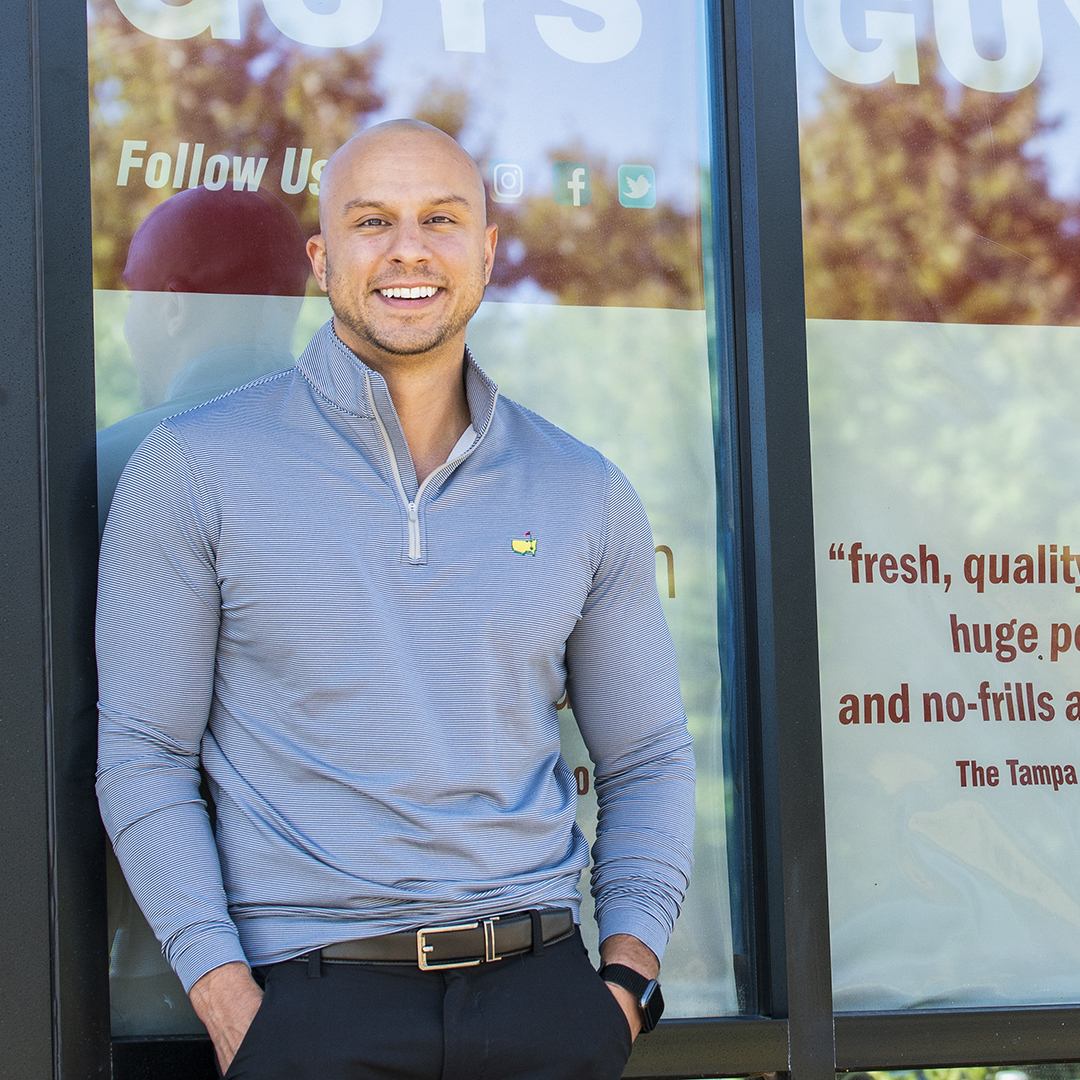|
Getting your Trinity Audio player ready...
|
Wellesley College’s mission is to provide an excellent liberal arts education to women who will make a difference in the world. One of the aims includes encouraging women to take leadership positions in fields where they are underrepresented. Wellesley even uses its design and construction spending to encourage more women and people of color to enter the building trades, construction management, and design professions.
The Massachusetts-based higher education institution works to exceed state guidelines that a set percentage of the construction workforce should be women and minorities. Most industry professionals recognize that the state’s policy alone doesn’t produce actual long-term results. For example, many contracting firms purporting to be women-owned were actually headed by men who listed their wives or daughters as firm leaders to claim diversity. Other firms rotate a woman or minority worker on multiple project sites within one company’s portfolio to help those projects meet the set percentage goals.
When Wellesley College’s Science Center broke ground, the college provided more opportunities to increase participation of women and minorities in the project. Numerical targets were adopted to measure participation rates. “We wanted to explore how we could make our efforts even more meaningful,” says Tim Singleton, Wellesley’s associate director of construction.

In April 2019, the department studied alternative strategies. Discussions with over 70 designers, contractors, and owners took place during two workshops on campus to consider how the college could do better to increase diversity with architects, engineers, and contractors on a long-term basis.
A new plan weighed what firms did to promote diversity regardless of their ownership status. Wellesley added language to RFPs and RFQs that asked designers and contractors what they did to create long-term changes, including, but not limited to mentorships, interns, outreach, and hiring practices. Were they reaching out to schools and civic groups to encourage more women and minority participation in the profession? How many women and minority interns and co-op students had they hired?
“When responding to our RFPs, we asked the contract managers and designers to tell us what they do to make long-term differences,” Singleton says. “Show us real diversity within your firm and within the teams that you propose. Show us what efforts your firm takes to generate more diversity in your industry.”
Results from the college’s most recent projects were “outstanding,” Singleton describes. “Suffolk, Dellbrook JKS, and Elaine were our construction managers (CM). Finegold Alexander, Schwartz Silver, and Design Lab were our designers. All had very diverse teams at the mid- and upper-levels of management. All are involved in diversity efforts independent of any project, trying to make real, long-term differences in their prospective industries. That’s what we want to see everywhere.”
Firms interested in working at the college have been supportive of Wellesley’s new approach, but it requires actions that some have yet to make. “We tell firms that haven’t been making the effort that it is work,” Singleton says. “You actually have to do something.”

Turner Construction, the CM for the expansion of the campus science center, demonstrates how contracting firms can fulfill diversity goals even though its contract was inked before the new policy went into effect. The addition of a 90,000 square-foot science center will make this the largest building on campus—in fact, the biggest construction project in Wellesley College’s history. The three-year phased project includes extensive science lab spaces, modern classroom and collaborative work spaces, and The Global Flora Conservatory in the Margaret C. Ferguson Greenhouses.
The project is an excellent vehicle for educating youth about design and construction employment opportunities. Turner has held tours for diverse students from local schools and scout groups who observe firsthand what it’s like to work on construction of a complex building project. There have even been tours for young children from Wellesley’s childcare facilities. “They bring students to the site to see folks that look like them working there and we want to start this process when they are young,” Singleton says. “They see that the ranks of tradespeople, construction managers, and designers are populated by a diverse group, not just white men. This opens their eyes to new possibilities and can have a profound impact on what profession they choose.”
It’s the type of outreach that is vital during a period when the construction trades are facing a critical shortfall of workers. Older white men are retiring, and fewer of their sons are looking to replenish their ranks. Construction firms have to look beyond this traditional demographic pool to build staff for the future, Singleton notes.
Overall, the science center project includes Skidmore Owings & Merrill as the designer. These two firms, Turner and Skidmore Owings & Merrill, along with the college’s project management team, have created an immensely diverse team working at the college—with over 40 percent women and people of color—demonstrating that “Wellesley walks the walk,” Singleton says.

Singleton has been with Wellesley since 2017. He began his career as a tradesman then shifted into construction management after obtaining an MBA. Many of his project management stints were in the institutional sector including university projects. One, for Barnard College—another women’s college—was particularly helpful in preparing him to work at Wellesley.
Women’s colleges may present a different environment for many design and construction industry professionals, Singleton notes. Many decision-makers and senior leaders at these institutions are smart women who rightfully expect to be treated as peers by those from the still male-dominated construction industry. When male design and construction professionals speak to women leaders about technical details, they need to be mindful with their approach, Singleton says. Even if a college representative isn’t well-versed in technical jargon, they expect built environment professionals to make a sincere effort to explain the concept. Perceived condescension can be a deal breaker.
“You need to give women respect,” he says. “If the person you are talking to feels that you are talking down to them, it will come off as insulting.” If he senses that a conversation is heading into unproductive territory, Singleton does his best to steer it in a different direction.
The construction director’s diplomatic skills are also tested when planning for new projects as faculty and stakeholders negotiate over how much space can be constructed within the budget. Department heads typically ask for more square footage than the college can afford. It’s critical for Singleton and his cohorts to explain to the campus community what can be done within financial constraints, and why decisions are made. It’s about transparency and managing expectations. “This way, when you finish the project, they get what they thought they would get,” he says.
“I’ve always felt strongly about increasing diversity on construction projects throughout my career. Meeting other women and minorities that have succeeded in these tough environments reinforces those feelings,” Singleton says. “I feel that Wellesley is really dedicated to its mission statement and diversity and that we are already seeing a difference. It is [these practices] that gives all of us working here a bigger voice.”


